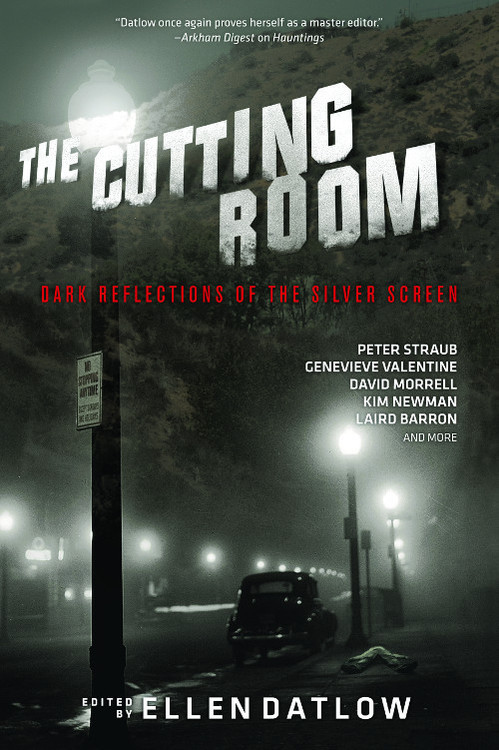THE CUTTING ROOM coming attraction: “The Constantinople Archives” by Robert Shearman

Over the next two weeks, in celebration of Halloween and the new anthology The Cutting Room: Dark Reflections of the Silver Screen, Tachyon and editor Ellen Datlow present excerpts from a selection of the volume’s horrifying tales.
Today’s selection comes from “The Constantinople Archives” by Robert Shearman.
We can speculate, and we can speculate, but the probability is that few of the silent movies made during the siege of Constantinople in 1453 were very good. And there are clear reasons for this, both political and cultural.
On the one hand, we have to bear in mind the extremely trying circumstances under which the movies were being filmed. In attacking Constantinople, the Ottoman Turks were also attacking the last bastion of the Roman Empire (if only in symbolic form), a direct line of power that stretched back some two thousand years. It was also the seat of the Orthodox Christian Church, a force equal and opposite to the Catholic Church in Rome. Expansionist wars were two a penny in the fifteenth century, but this was no run-of-the-mill example, it was already rife with meaning, and no doubt the Byzantines under threat would have been only too aware of that. Besides which, on a purely practical level, the constant cannoning of the city walls must surely have been a distraction. Even making silent movies, surely, some peace and quiet is required for concentration’s sake.
On the other hand, and perhaps more pertinently, Byzantine art had always defined itself by a certain flat austerity. Their mosaics and paintings that we can study today are colourful, but there’s a grim functionality to all that colour; the lines are severely drawn and make the characters depicted seem two-dimensional and undramatic. It would be foolish to expect that in the creation of an entire new art form that several centuries of engrained Byzantine culture would be abandoned overnight. It is unfair to imagine that the clowns who pratfalled and danced and poked each other in the eyes in Constantinople cinema were other Chaplins, or Keatons, even other Fatty Arbuckles. The conditions were wrong. Their genius could not have flowered.
And yet, of course, we remain fascinated by those movies from the Byzantine age. And again, partly this will be because they were the pioneers, the history of cinema begins here with these shadowy figures by the Bosporus doomed to be killed or enslaved by the Muslim potentate. But I hope our fascination is not purely academic. That we honour not merely the historical significance of what was invented, but that, with care and study, and an open mind, we try to appreciate the art on its own terms.
For information on The Cutting Room: Dark Reflections of the Silver Screen, visit the Tachyon page.
Cover by Josh Beatman.
